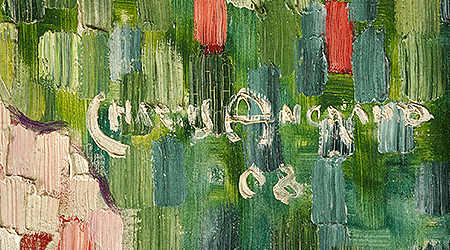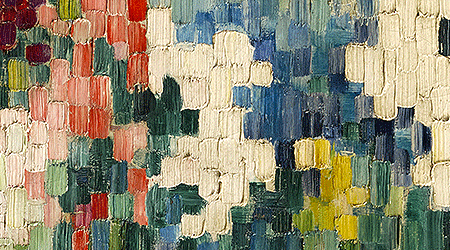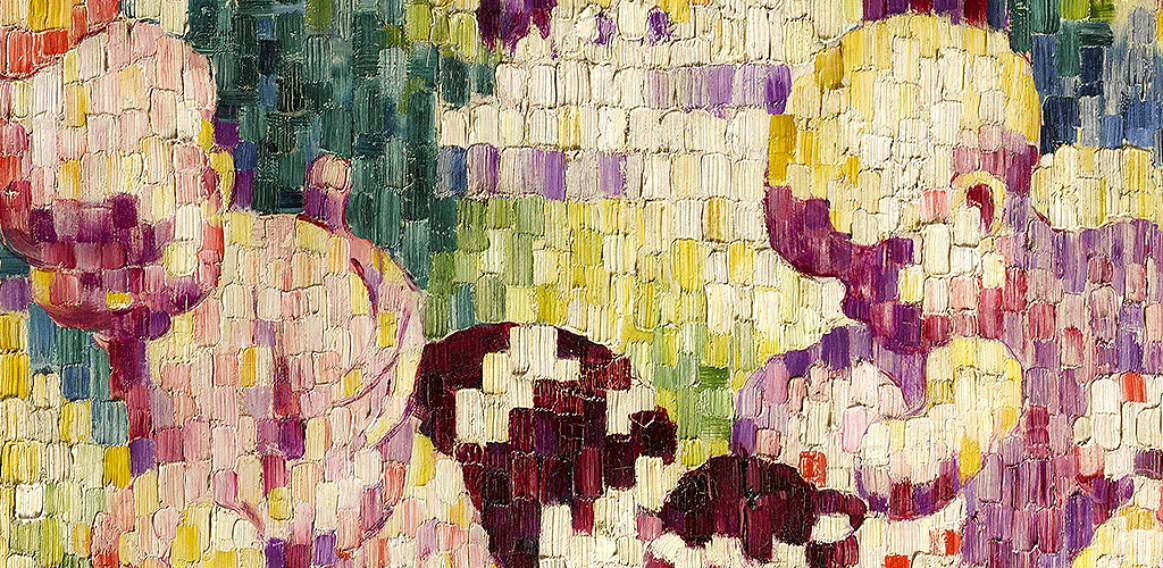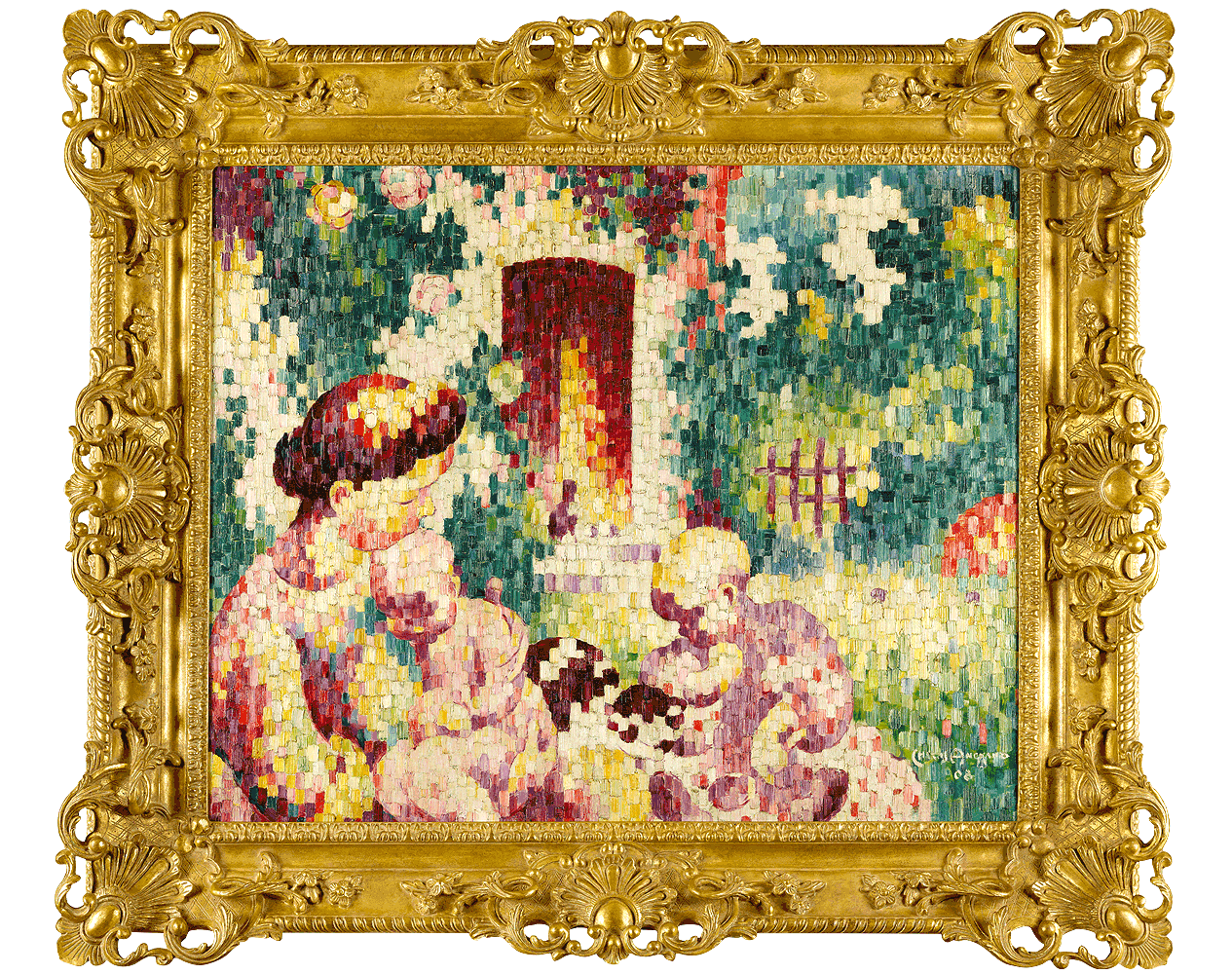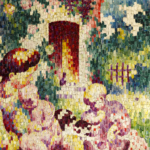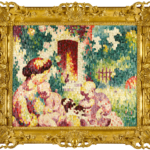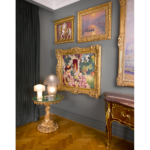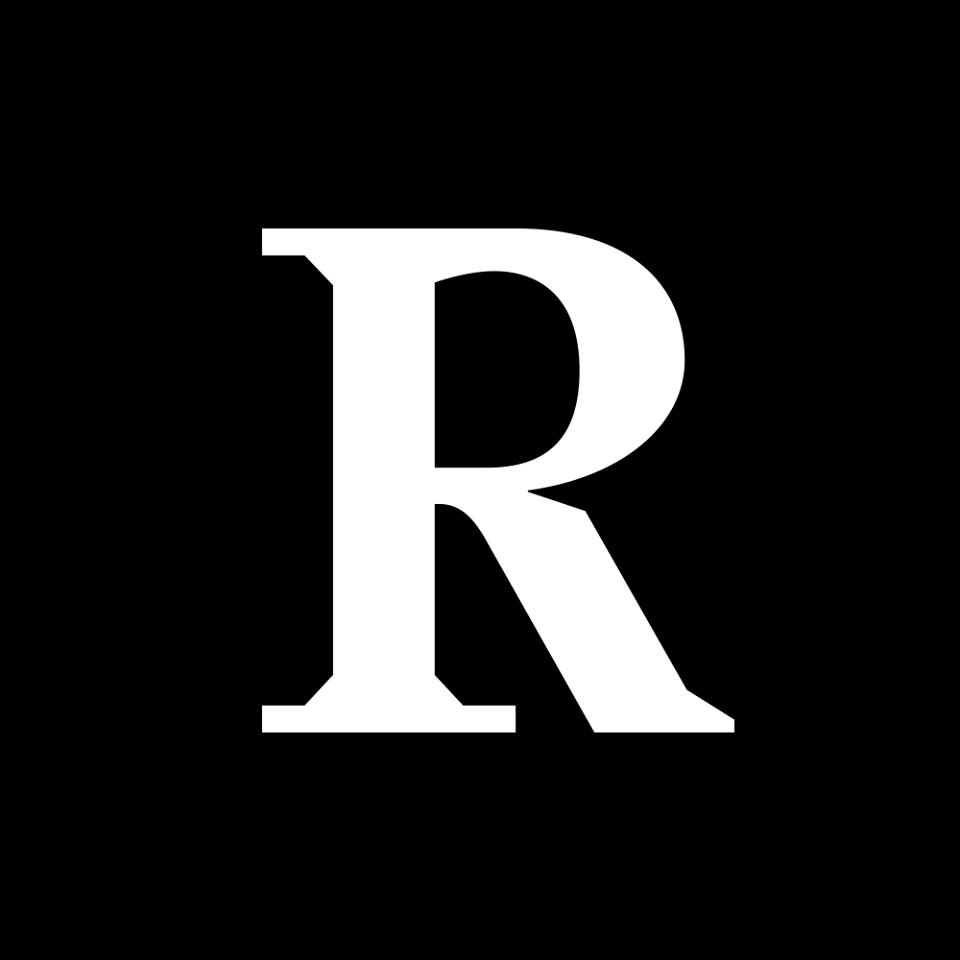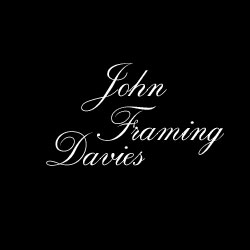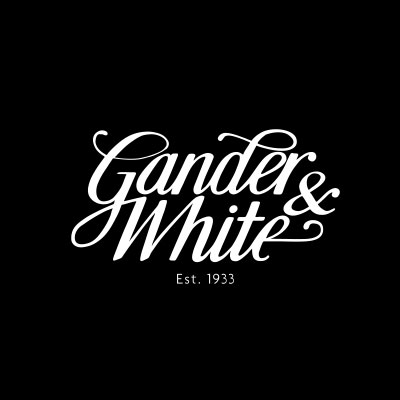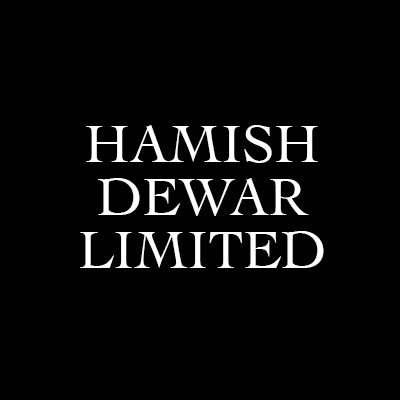Provenance
The family of the artist
Private collection
Sale: Drouot Montaigne, Paris, 13 December 1997, lot 20
Galerie Matignon, Paris
Private collection
Galerie Ofir Scheps, Geneva
Private collection
Exhibitions
Salon des Independents, 24e Exposition, Serres du Cours-la-Reine, Paris, 1908
Salon des Independents, 29e Exposition, Quaid’Orsay, Paris, 1913
Impressionismus, Kunstsammlungen Chemnitz, 4 December 2004 – 27 February 2005
Miracle de la Couleur, Wallraf-Richartz-Museum – Fondation Corboud, Cologne, 8 September – 9 December 2001
Bibliography
J. Sutter, The Neo-Impressionists, New York, 1970, p. 134, illustrated
F. Lespinasse, L’Ecole de Rouen, 1980, p. 36 ill. 169
F. Lespinasse, Charles Angrand 1854-1926, Rouen, 1982, p. 68, ill. 120
F. Lespinasse, Charles Angrand, Correspondances, 1883-1926, Rouen, 1988, p. 181
R. Budde, B. Schaefer, Miracle de la Couleur, Cologne, 2001, pp. 402–403, illustrated in colour
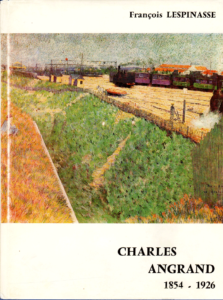

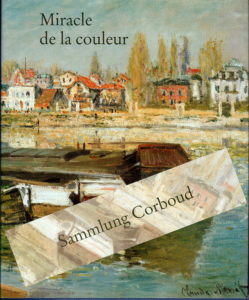
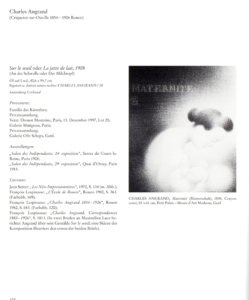
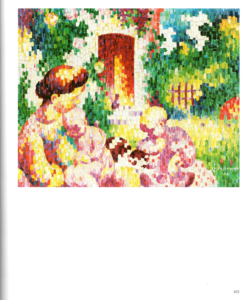
Angrand was a French Neo-Impressionist artist. He exhibited his work in Paris at Les Indépendants, Galerie Druet, Galérie Durand-Ruel, and Bernheim-Jeune, and also in Rouen. His work appeared in Brussels in an 1891 show with Les XX. In the early 1890s, he abandoned painting, instead creating conté drawings and pastels of subjects including rural scenes and depictions of mother and child, realized in dark Symbolist intensity.
He began painting again around 1906, emulating the styles and colours of Signac and Cross. Angrand developed his own unique methods of Divisionism, with larger brushstrokes. As this resulted in rougher optical blending than smaller dots, he compensated by using more intense colours.
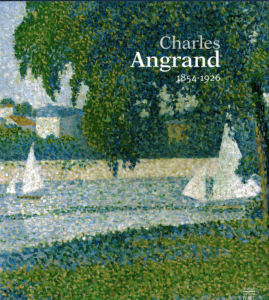
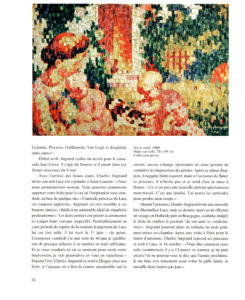
Angrand’s works are in many museum collections around the world, including Ateneum (Finnish National Gallery), Cleveland Museum of Art, Hecht Museum, Indianapolis Museum of Art, Metropolitan Museum of Art, Musée d’Orsay, Museum of Fine Arts, Boston, and Ny Carlsberg Glyptotek.
